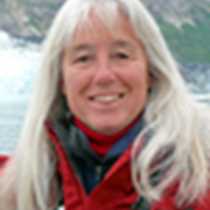On our afternoon walk today, a boardwalk led us suddenly from the forest into the sunshine of an open muskeg area that supports many specialized plants which are well suited and adapted to conditions where few others can survive. Some of these species contain chemicals for protection against hungry grazers. Looking closely, we observed the glistening sticky reddish tentacles on the leaves of the insectivorous sundew plants. Luring and trapping their unsuspecting prey, they have found a way to obtain the nutrients that are so hard to obtain here by secreting digestive enzymes to absorb concentrated ingredients. In this way they are able to compete successfully in a difficult world.
Call +1.800.397.3348 or contact your travel advisor




